Why an email about cows is intensifying concerns about academic freedom in #India.
Cows are revered as sacred by many Hindus, but critics say Prime Minister Narendra Modi’s ruling Bharatiya Janata Party (BJP) is using India’s devotion to the bovine as a political tool to elevate its Hindu nationalist agenda.
Professors and students at Delhi University, long seen as bulwark of free speech in the country, say the directive is another example of the pressures placed on educational institutions by the Modi government as it pushes Hinduism in a democracy founded on secular values.
The “promotion of this dubious event juxtaposed with the suppression of a critical social science seminar, reveals a clear bias against scientific temper,” said the Democratic Teachers Front, an organization that advocates for the rights and interests of students and teachers, in a statement.
The canceled seminar, titled “Land, Property and Democratic Rights” was part of a lecture series that has been running at Delhi University for six decades.
Notice of the administration’s decision to cancel the October 31 event came the same day as a directive from the Dean of Colleges, Balaram Pani, to principals encouraging students and faculty members to attend the “National Godhan (cow herd) Summit,” according to a copy of an email seen by CNN.
The summit was billed as “a landmark event dedicated to the welfare of cows,” by organizers on its website.
Pani told local news outlet Times Now that the university was supporting, not promoting, the cow summit.
“If someone is working in the nation’s interest – supporting economic growth and improving the environment – why shouldn’t we support that? said Pani, according to the outlet.
“However, we are not promoting this event,” the dean added. “And if any event goes against national interests, we will not support it under any circumstance.”
CNN has reached out to Pani for further comment and to the registrar of Delhi University.
Summit to discuss cow welfare
The off-campus event, hosted by the National Godhan (Cow Herd) Organization, an NGO affiliated with the government, runs until November 10. The group describes itself as an “Idealistic Non-Violent Movement dedicated to the welfare of cows and the promotion of cow-based sustainable innovations.”
In its statement, the Democratic Teachers Front said the administration’s decision to support a cow summit over a seminar on democracy was “a deliberate effort to hollow out the legacy of India’s post-1947 achievements in both natural and social sciences,” referring to the end of British rule of India.
Nandini Sundar, a professor of sociology and the convener of the canceled seminar, accused the government of a deliberate ideological crackdown.
“(They) are trying to destroy public universities, critical thought, only allow Hindutva thought,” Sundar told CNN.
Hindutva is a political ideology that seeks to define the Indian national identity based on a shared Hindu culture and history. Critics say it is a vision that inherently excludes India’s diverse minority communities.
Around 80% of the country’s population were recorded as Hindu at the last Census in 2011, with around 14% listed as Muslim, India’s largest minority. There are also many followers of other faiths including Christianity, Sikhism, Buddhism and other local religions.
Namita Wahi, a senior fellow at the Centre for Policy Research, had been booked to deliver the seminar – she’s also the founding director of the Lands Rights Initiative, and a longtime critic of the Modi government’s use of land laws to acquire property for various projects in contravention of community land rights.
Sundar said no reasons were initially given for the cancelation, writing in a statement: “We can only speculate that the Rashtriya Swayamsevak Sangh (RSS)-led government is scared of any discussion around land and democratic rights.”
Modi’s BJP has its ideological roots in the RSS, a century-old right-wing paramilitary organization that advocates Hindu supremacy within India. The group has repeatedly said it does not discriminate against minorities.
Local media outlets reported that the registrar said the seminar was cancelled because prior permission was not sought.
“Prior permission has not been needed for the last 60 years,” Sundar said in her statement. After checking with other departments, she said “nobody takes prior permission for each speaker in their regular seminar series.”
Aryan Maan, a member of the Akhil Bharatiya Vidyarthi Parishad (ABVP), a student organization affiliated with the RSS and the president of the Delhi University Student Union, said organizations like the RSS have no influence over the university’s administration and that its departments function independently.
CNN has reached out to the RSS but did not receive a response.
Sundar has since resigned from her position as convener of the seminar, a position she held for two years, due to the cancelation.
Shrinking freedoms
Institutions like Delhi University have long been celebrated as bastions of free speech and secular thought.
They were central to student movements during the struggle for independence from British rule and later stood as hubs of opposition to the authoritarian state of emergency imposed by the then ruling Indian National Congress party in the 1970s.
More recently, in 2019, these campuses became the epicenter of nationwide protests against the Citizenship Amendment Act (CAA), a controversial law that critics say discriminates against Muslims by making faith a criterion for citizenship.
“Public universities have been a space where people have been freely debating, and they’re accessible to everyone in theory: people of all classes, castes,” Sundar said. “They’ve played a very important role in generating social mobility and free inquiry in a way that private universities simply can’t.”
However, these institutions have also been increasingly branded as hotbeds of “anti-national” activity by many Modi supporters, with students and professors feeling the brunt of it.
Appointments to administrative positions within public universities are contingent upon government approval. This creates barriers to what can be taught and the production of academic work, Sundar said.
A PhD scholar at Delhi University told CNN he wanted to research the rise of right-wing governments but was forced to change his subject to secure admission to the university.
“Earlier, you could at least protest… but now the police crackdown on any student body movement is swift and immediate,” said the doctoral fellow, who asked to remain anonymous fearing backlash from the university.
“The ability to think critically and make rational arguments has shrunk because they hold your degree as ransom. They have taken away our academic freedom,” the PhD scholar said.
Meanwhile, the Indian Academic Freedom Network, which documents violations of academic freedom in Indian universities, noted that universities hosted more than 50 events and lectures on Hindutva, or those promoting the policies of the BJP, in the past year.
The network also documented dozens of instances of alleged interference with syllabi, including banning books considered critical of the government, and denying permission for, or disrupting seminars about subjects like democracy and freedom of expression.
However, Maan, the president of the Delhi University Student Union and member of an RSS-affiliated student group, said that rather than curtailing free speech, the RSS has had a positive impact on university spaces.
“There’s more academic freedom and the number of subjects have increased,” he said, pointing to recently established Centre for Hindu Studies as an example of the university’s expanding scope.
CNN has reached out to the federal and Delhi ministers of education for comment.
Cow as a political tool
The elevation of the cow from a religious symbol to an expression of national pride has been a cornerstone of the BJP’s agenda.
When Modi was elected with a roaring majority in 2014, his party’s manifesto pledged to protect the animal as part of preserving India’s cultural heritage, fulfilling a decades-long campaign by the RSS for stricter legislation against cow slaughter.
While some anti-slaughter laws existed previously, the BJP’s tenure has seen several states enact stricter legislation. This legal crackdown has been accompanied by a rise in vigilante violence against people, typically Muslims accused of disrespecting the revered bovine.
The 2021 report from the Armed Conflict Location & Event Data Project noted that right-wing Hindu nationalist groups like the RSS “have been emboldened to attack minority groups.”
Delhi University’s Sundar called the shrinking academic freedoms “tragic.”
“Many excellent public universities have already been destroyed; now the remaining ones will be finished as well.”
By Esha Mitra, CNN
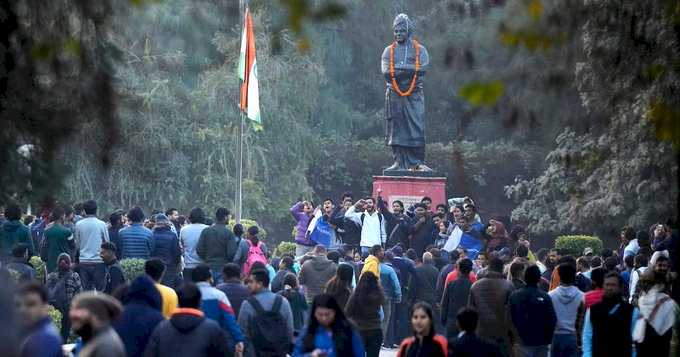
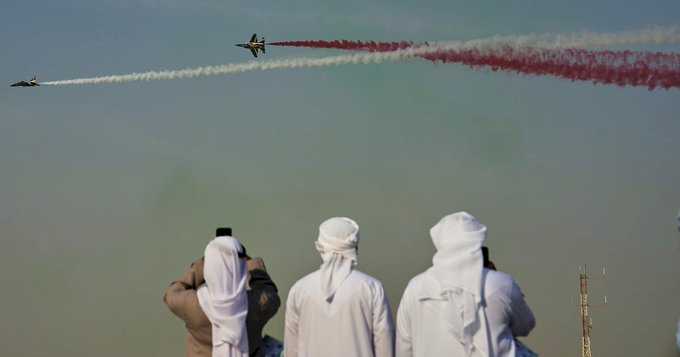

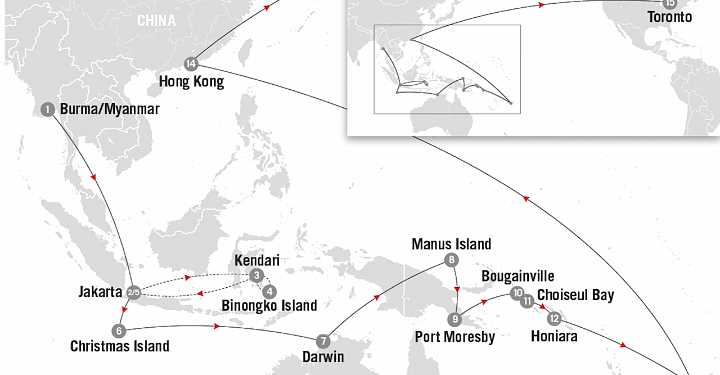



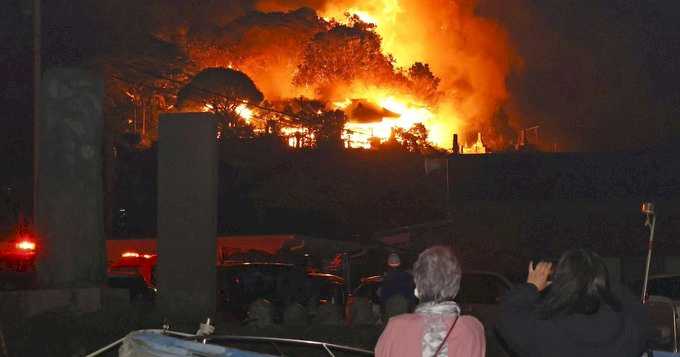
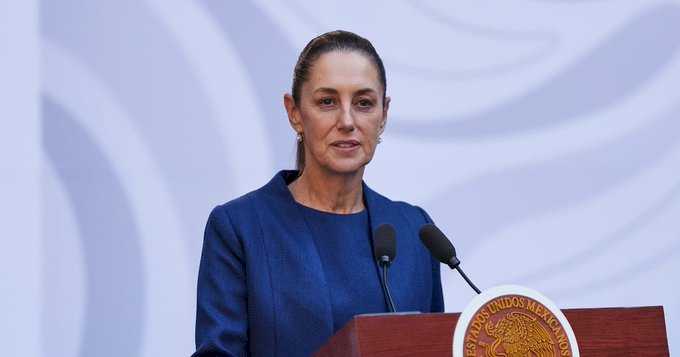

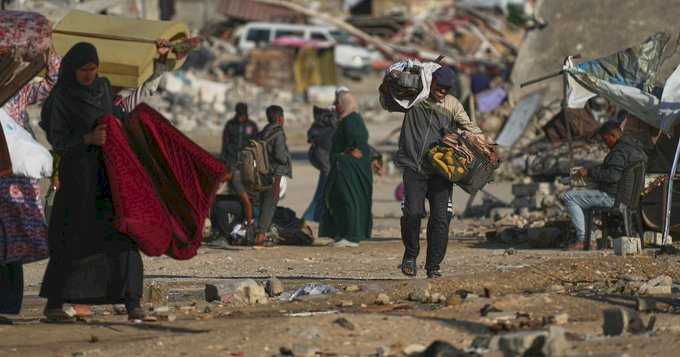
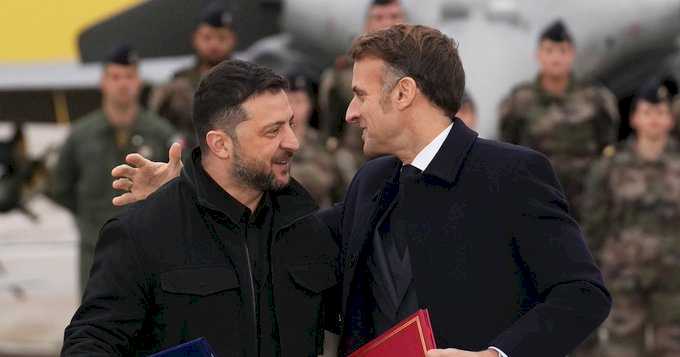





World News on Umojja.com